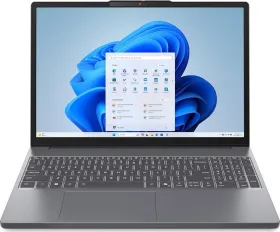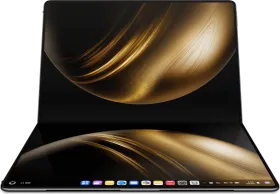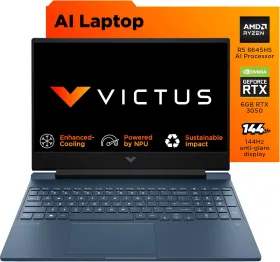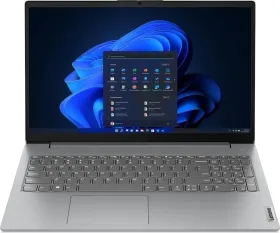TL: DR
- According to the executives, Sony could utilize AMD’s next-generation RDNA architecture in its upcoming consoles (not specifically referring to the PS6).
- Compared to regular GPU cores, Radiance Cores handle ray traversal independently, boosting performance by reducing the load on CPU and shader cores.
- Another key addition to the upcoming GPU could be Neural Arrays, which cluster GPU compute units together, enabling them to communicate efficiently and function as a single AI engine.
- Then there’s Sony’s Universal Compression, which compresses all data in the pipeline more efficiently than the current technology on PS5s (called Delta Color Compression).
In a joint presentation, Mark Cerny, the lead architect for PS5 and PS5 Pro, along with AMD’s Jack Huynh, discussed the challenges associated with modern video games and how future GPUs could address them as part of the Project Amethyst. Although they didn’t mention anything about PlayStation 6, the project name is widely considered to be related to the upcoming gaming console, and it has been the subject of speculation ever since.
Also Read: Intel’s Panther Lake Processors Use 18A Fabrication Tech For 50% Higher CPU & GPU Performance
Project Amethyst: The Future of Gaming Graphics

According to the executives, Sony could utilize AMD’s next-generation RDNA architecture in its upcoming consoles (not specifically referring to the PS6). The main highlight of the GPU is the addition of Radiance Cores, designed explicitly for real-time ray tracing and path tracing calculations. Compared to regular GPU cores, Radiance Cores handle ray traversal independently, boosting performance by reducing the load on CPU and shader cores.
Radiance Cores: A New Era of Ray Tracing Performance
The technology promises a dramatic improvement in ray tracing performance. Along with reducing the load on other system resources, it may be able to handle 4K video games at up to 60 fps, or perhaps even 120 fps, depending on how well the companies can manage the thermal limitations that come with pushing the GPU to its limits. Any improvements in ray tracing will also improve the overall appearance of external environments in games.
Also Read: Sony RX1R III Launches in India with 61 MP Full-Frame Sensor and AI Autofocus
Neural Arrays: Smarter GPUs Through AI Integration
Another key addition to the upcoming GPU could be Neural Arrays, which cluster GPU compute units together, enabling them to communicate efficiently and function as a single AI engine. This, in turn, boosts the GPU’s AI upscaling capabilities by resulting in sharper image construction in less time.
Universal Compression: Efficiency at Every Level

Then there’s Sony’s Universal Compression, which compresses all data in the pipeline more efficiently than the current technology on PS5s (called Delta Color Compression). AMD states that Universal Compression will contribute to GPU performance, enabling it to generate more detail, higher frame rates, and significantly improved efficiency.
Also Read: Exclusive: OPPO Goes “Pro Max” with Reno 15, adding a 200MP Camera and More
Beyond PlayStation: AMD’s Cross-Platform Vision
What’s even more interesting is that AMD will share the technology with developers on other gaming platforms, implying that it will be available on other devices (PCs and laptops) and gaming consoles (likely Microsoft’s Xbox). However, you should also know that these advancements aren’t going to arrive soon, and neither is the PS6.
The executives have mentioned that the new features will arrive on a future console in a few years, and that could be at least two to three years from now, based on our current knowledge.

You can follow Smartprix on Twitter, Facebook, Instagram, and Google News. Visit smartprix.com for the latest tech and auto news, reviews, and guides.

































